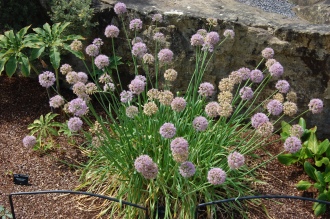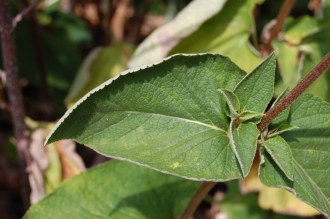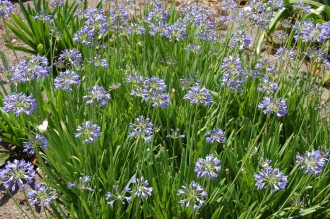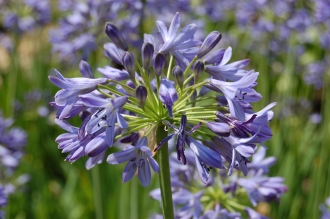Position: Full sun
Soil: Moist, well drained
Flowering period: Summer
Eventual Height: 60cm
Eventual Spread: 20cm
Hardiness: 1, 2, 3a, 3b, 4a, 4b, 5a, 5b, 6a, 6b, 7a, 7b, 8a, 8b, 9a, 9b, 10a
Family: Amaryllidaceae
Sub Family: Alliaceae
Allium nutans is a variable evergreen bulb with a clump forming habit. Its dark green are linear, up to 40cm long and 1cm broad. Its purple/ pink/ white hermaphrodite flowers are terminal umbels of bell-shaped flowers, these emerge from a papery bract in summer. This plant then produces seed in late summer.
Allium nutans, commonly known as Siberian Chives, Siberian Garlic Chives or Blue Chives, is native to central Asia to Siberia. In its native habitat it grows in meadows and damp places. As the common name suggests this species of Allium is an edible form of Chives.
The etymological root of the binomial name Allium was the ancient Latin term for garlic. Nutans is derived from the Latin nutus meaning ‘nodding’.
Allium nutans may be useful to the landscape architect in community garden or school projects. It may also be useful as an edging to hard surfaces.
Ecologically, Allium nutans flowers are attractive to pollinating insects.
Allium nutans prefers moist, rich, fertile, well-drained soils. It tolerates most pH of soil.
Allium nutans requires little maintenance. It may be cut after flowering if it becomes unsightly, and will respond well to a hard pruning. Clumps of this plant may be divided in spring or autumn.











